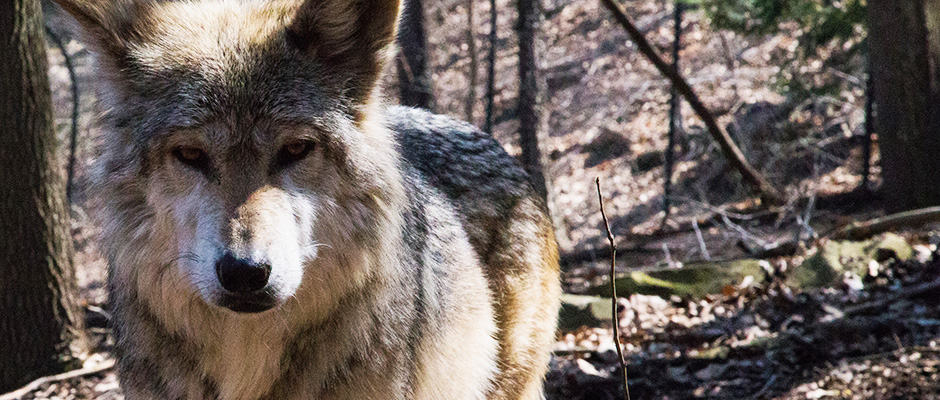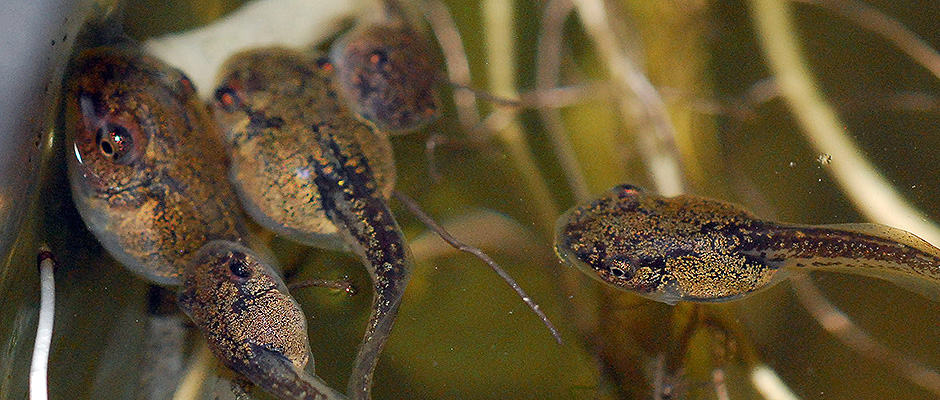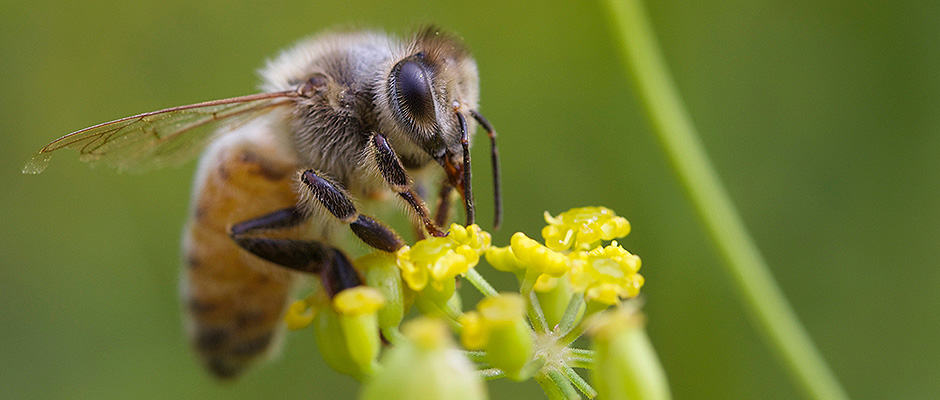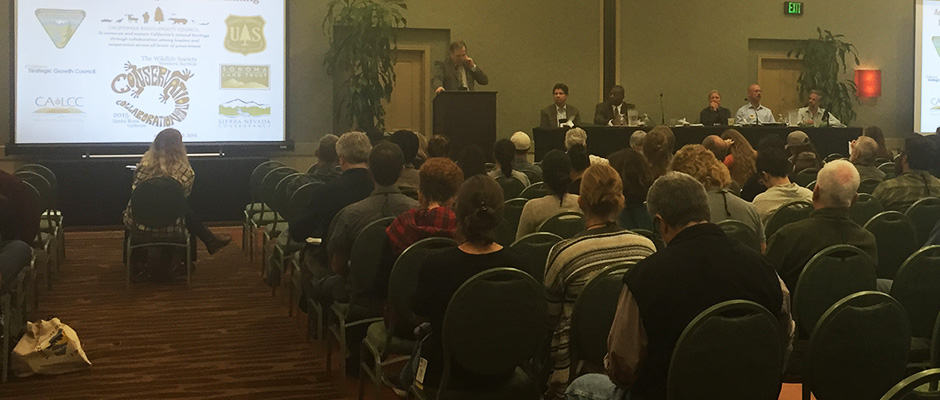
Eastern tiger swallowtail caterpillars (papilio glaucus) are even cooler than they look. With lime green snake-like bodies, scary faux black and yellow eyes and an orange forked-tongue that often releases a stinky substance around predators, this is really saying something.
Nick Grishin, a researcher at the University of Texas Southwestern Medical Center, and his team were the first to sequence a complete genome for the unique insect that is honored as the state butterfly in Alabama, Delaware, Georgia, North Carolina and South Carolina, and as the state insect in Virginia. Their findings, published in Cell Reports, gave insight into these popular, yet less understood butterflies.
The researchers caught one individual caterpillar in the wild and were able to completely sequence its genome. Only three other butterfly species’ genomes were previously sequenced, Grishin said — Long-wings (heliconiinae charithonia), Monarchs (danaus plexippus) and Glanville fritillary (melitaea cinxia).
Grishin said the main goal of the study was to sequence genomes with high levels of genetic variation at a reasonable cost. Although this was the primary focus of the study, Grishin and his research team discovered surprising facts about the Eastern tiger swallowtail along the way.
Grishin said they discovered the reasons why Eastern tiger swallowtails break free from their chrysalises immediately rather than sleeping through the winter like the closely related Canadian tiger swallowtails. The Eastern tiger swallowtail’s genome data showed mutations in proteins responsible for the circadian rhythm.
“We found that these two species diverge from each other in only a small portion of proteins, and they are significantly different in circadian clock proteins,” he said. “We came to the hypothesis that the difference in these proteins between the species may be related to their different behavior in the timing of eclosion in response to the environment.”
The researchers also discovered the reason for the emission of a stinky substance called terpenes that the caterpillars use to scare off predators. The analysis of the genome sequence showed that the gene encoding enzyme that synthesizes terpenes was multiplied in the Eastern tiger swallowtail’s genome. The butterflies were found to have more diverse proteins in the terpenes family, rather than just two, which is what most butterflies have.
According to Grishin, the new findings are just the beginning of many to come. “We think the power of comparative genomics can be fully exploited only when there are thousands of genomes available,” Grishin said.
Not only did Grishin and his team determine some interesting findings about the swallowtail, but their report also shows that at a reasonable price of new genomes at below $4,000, it’s possible to buy the genome of almost any wild insect. To obtain a genome, chemicals and enzymes must be purchased, and the steps of sequencing are paid for as well. If a company agrees to get a genome for you, the cost would be 100 times more, Grishin said.
Because of this reasonable price, scientists have the opportunity to sequence more genomes quickly. This means that if scientists are able to become better at predicting, or even changing, animals’ characteristics based on DNA, they will be able to do so at a quicker pace and a reasonable cost.
“We are hoping that we, together with the scientific community, could sequence many insect genomes, like thousands of them,” Grishin said. “At that point, through comparative genomics, we could have a lot of data-driven discoveries, especially to find the links between phenotypes and genotypes. The eventual goal is to predict the phenotypes from genotypes and even use the knowledge to design new organisms.”
Genome sequencing may even be available to college and high school students in the near future, Grishin said.














